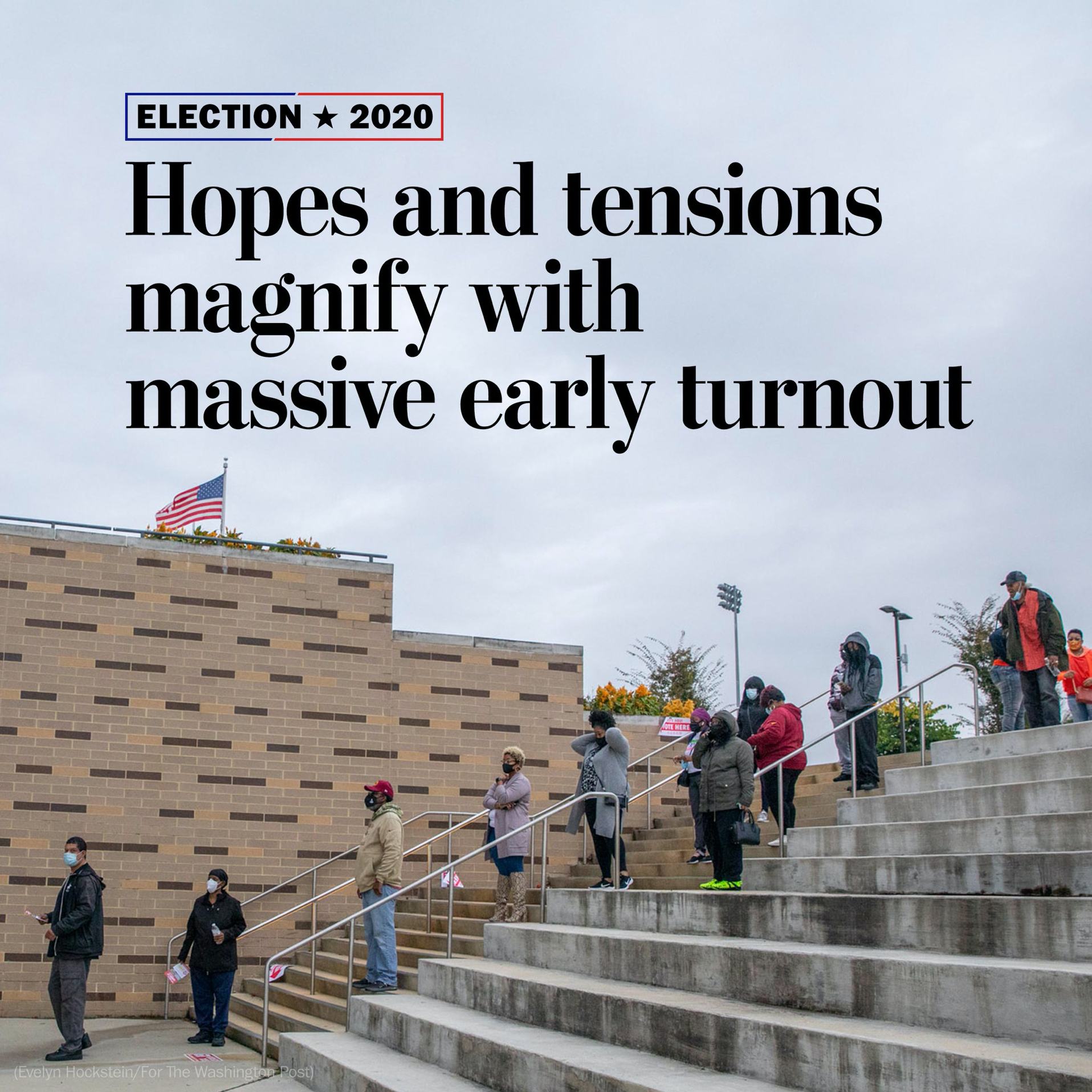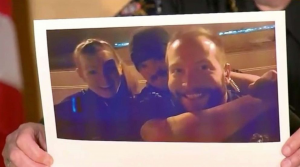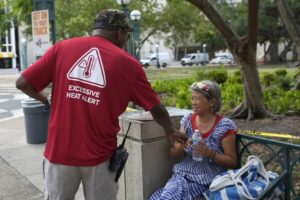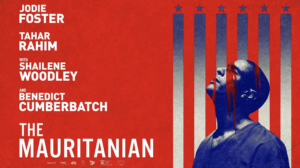More than 91 million Americans have already cast their ballots for the general election with three days left until Election Day, a historic early turnout that underscores voters’ intense desire to be heard in a divisive election despite the voting challenges caused by the coronavirus pandemic.
The massive early turnout is roughly 65 percent of the 139 million votes cast in 2016, and it essentially guarantees that, for the first time in history, a majority of ballots will be cast before Election Day. The early turnout puts the country on pace for record voter participation not seen in more than a century, and if the current rate holds, more than 100 million ballots will have been cast before Tuesday.
Democrats have had an edge in early voting, but that gap has narrowed in some key battleground states in recent days, including in Florida, North Carolina and Georgia, according to data maintained by the U.S. Elections Project, a nonpartisan early-voting tracker. President Trump has urged his voters to cast their ballots on Election Day, and his campaign is hoping that his supporters take heed and show up in full force to close that gap.
As anxiety intensifies ahead of Election Day, election officials are bracing for potential conflict at polling sites. On Saturday, a march organized to encourage voting and in support of Black lives led to several arrests. A number of marchers reported being sprayed with an irritant, including a 3-year-old.
The record-breaking turnout has stunned election officials and campaign operatives alike, and it has upended the presidential campaigns’ expectations of which states would be pivotal to their paths to victory. Texas, for example, has led the country in early voting and has already surpassed its 2016 turnout; the number of ballots cast there so far has made the state competitive for the first time in decades.
As the early-voting period comes to an end in most states Monday, some voters have taken extraordinary measures to make sure they can cast their ballots early, including waiting hours in line and traveling across the country to avoid problems with mail delivery. Their overwhelming demand to vote early comes despite the president’s attacks on the integrity of mail voting, and as spikes in positive coronavirus cases have exacerbated voters’ anxiety about potential exposure at busy polling places Tuesday.
“Obviously, this race is far from decided. But to the extent that President Trump is entering Election Day with a deficit, the degree of difficulty that he’s facing to surmount that deficit is substantially higher because of his tactical rejection of early voting,” said Tom Bonier, chief executive of TargetSmart, a Democratic data firm.
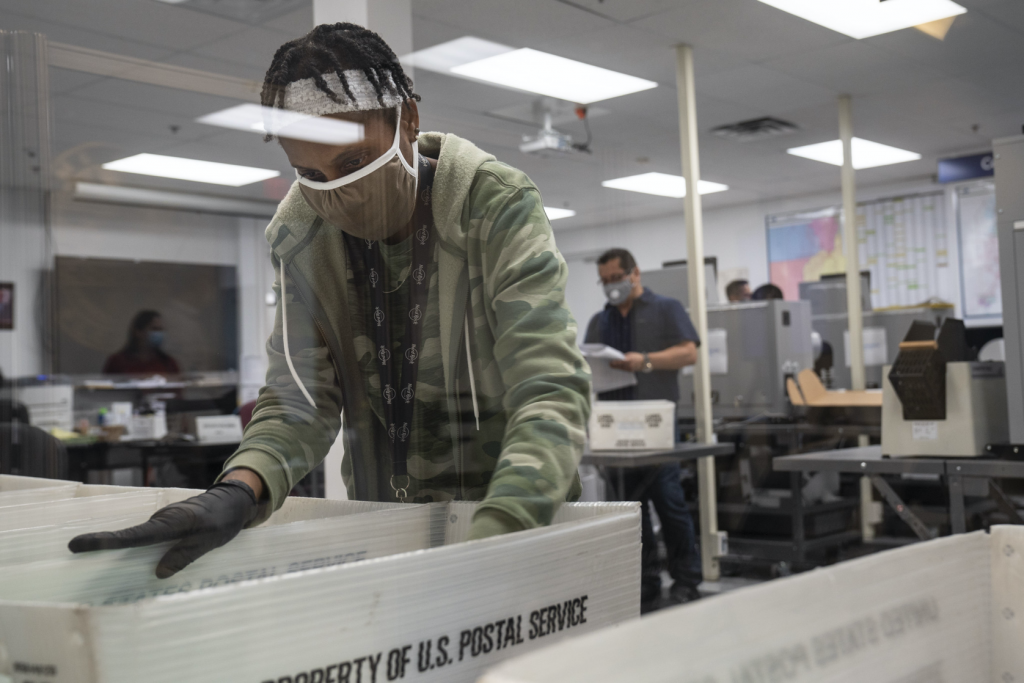
Roughly two dozen states and D.C. will allow early voting through Monday.
One of those voters who raced to get their ballots in before Tuesday was Joe LaMuraglia, 52, who drove more than 800 miles to Georgia from Massachusetts to vote in person because his absentee ballot never arrived. LaMuraglia, a registered Democrat from Savannah, Ga., has been living in Boston during the pandemic and requested his absentee ballot in early September. The election office had mailed it out on Sept. 18, he said, but the ballot was somehow sent to Virginia, where he has never lived.
When his ballot had not arrived as of Tuesday, he decided to drive to Georgia instead. After a 15-hour road trip, LaMuraglia waited in line for 52 minutes at his early-voting site and finally cast his vote for Democratic presidential nominee Joe Biden.
“It’s too important to sit this one out,” he said. After voting, “I had a sense of relief, just this huge sigh of relief, that I got it done.”
The Washington Post contacted LaMuraglia through ProPublica’s Electionland voter tip line.
At least 91,655,857 Americans had voted as of Saturday evening, according to a Post analysis. At least 32.9 million Americans had voted in person as of Saturday afternoon, according to the U.S. Elections Project, run by Michael McDonald, a political scientist at the University of Florida. In the 20 states where party registration data was available, 45.9 percent were Democrats, 30.2 percent were Republicans and 23.3 percent had no party affiliation, according to the tracker.
Nearly 28 percent of the early ballots nationally were cast by voters who did not participate in the 2016 election, according to a TargetSmart analysis.
Black voters have turned out in large numbers nationally and in some key battleground states, such as Georgia and North Carolina.
And voters under 30 have exceeded their 2016 early-voting rates in the majority of battleground states, amid signs that they may be on track to massively turn out as they did in the 2018 midterms, when they more than doubled their rate of voting compared with the prior midterm election.
In Graham, N.C., a racially diverse crowd of about 400 people was making its way from a Black church to an early-voting site when the group stopped at a Confederate monument where anti-racism activists have clashed for months with white nationalists. The crowd had planned to observe a few minutes of silence for George Floyd, a Black man who was killed in police custody in Minneapolis.
In a statement, the Graham Police Department said the crowd had not stayed within the confines of the permitted area and that traffic was backing up, so they fired “a pepper based vapor onto the ground to assist in dispersing the crowd.” The spray was not directed at any protesters, the statement said.
The most popular and interesting stories of the day to keep you in the know. In your inbox, every day.
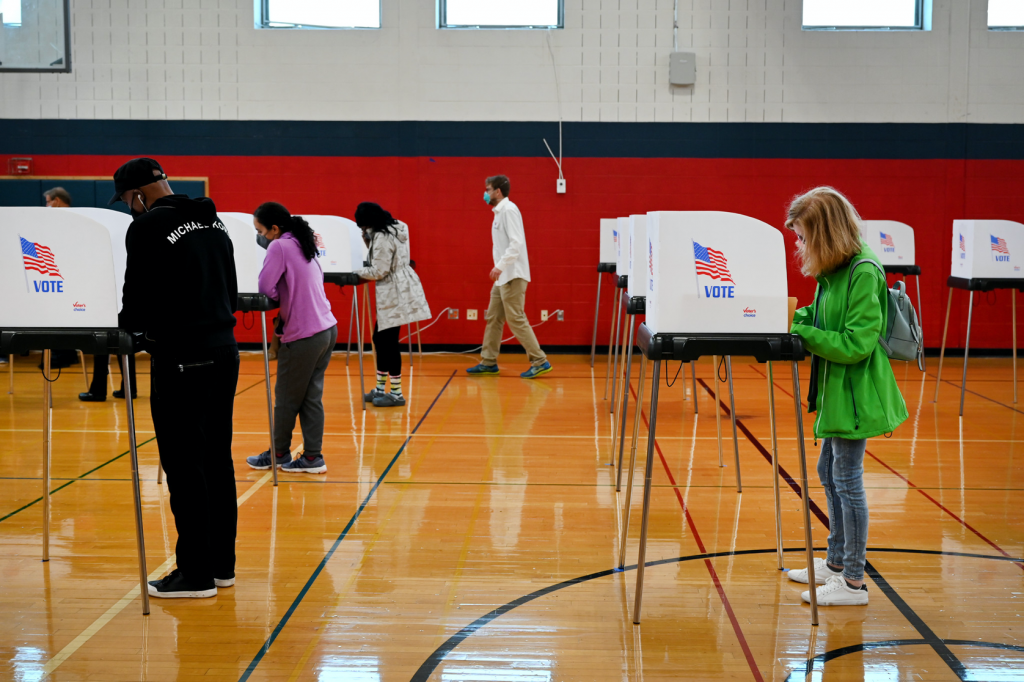
Kyesha Willis, who was at the march with her mother and her 3-year-old, said all three started coughing and that Willis vomited.
One young man was taken into custody after a Graham officer told him to move off the sidewalk and into the designated protest area or face arrest. “Is that why you are going to arrest me? Because I’m Black?” he shouted back. The officer cuffed him and led him away as activists, watching from across the street, chanted “let him go” and “what did he do?”
“During the rally the Graham Police Department made 8 arrests for different offenses to include Resist Delay and obstruct, Failure to disperse, and one count of assault on a law enforcement officer,” the Graham police statement said.
Supporters of the Confederate memorial watched from outdoor tables at a soda shop on the court square. One man shouted: “Get off the streets!” A car with several Trump 2020 flags drove slowly around the courthouse.
The march was organized by two organizations: Justice for the Next Generation and Alamance Alliance for Justice. Among those attending were relatives of Floyd and the parents of Christian Griggs, a Black man who was killed by his White father-in-law in North Carolina in 2013.
In Minneapolis, crowds lined up to vote under the shadow of a different kind of fear: that legal challenges will leave some votes invalidated.
Hundreds of people stood in near-freezing temperatures at early-voting sites there Saturday, heeding the warnings of state election and other elected officials who urged people to vote in person after an appeals court panel Thursday indicated that mailed ballots that arrive after Election Day may not count.
At its Elections and Voter Services office outside downtown, where people began lining up before the facility was open, several dozen more people sat in their cars waiting for their turn to drive-up vote.
One of the first people in line was Cody Gerrells, 33. He said he had planned to vote by mail and then considered voting in person on Election Day, but he had grown more concerned in recent days about chaos and decided to vote Saturday.
“I didn’t feel confident that something wouldn’t happen,” he said, adding that he was here “to vote Donald Trump out.”
The enthusiasm to cast ballots before the end of early voting this year was evident Saturday in communities both large and small. For instance, in six days of early voting, 2,900 people cast ballots at the small Berne Volunteer Fire Company in Albany County, N.Y. The town has a population of about 2,800.
At the clerk’s office in Rochester Hills, a Detroit suburb in heavily Democratic Oakland County in Michigan, voters lined up for as long as three hours to cast their ballots Saturday.
Leon Anders, 59, arrived just after the clerk’s office had locked its doors. He had hoped to pick up absentee ballots for himself and his 90-year-old mother. They both have underlying conditions and worry about being exposed to the coronavirus at a polling place.
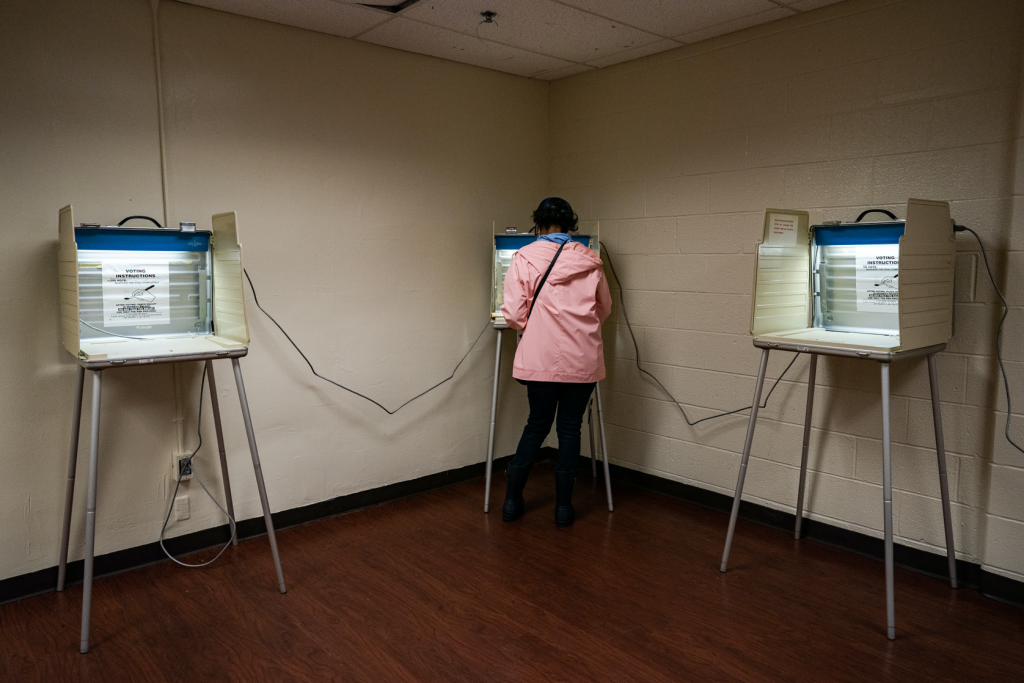
But Anders, a Biden supporter, said he’s also worried that someone would come to his polling place to harass voters — with a court fight over a gun ban at polling places raising the specter that more voters may show up armed.
In Michigan, where Biden campaigned with former president Barack Obama on Saturday, voting has been characterized this year by concern about the pandemic, potential violence at polling places and legal disputes over how and when ballots will be counted.
Despite those hurdles, millions in Michigan have voted successfully. More than 3.1 million Michiganders requested absentee ballots this year. Since then, 2.6 million have returned their ballots or voted early at a clerks office, said Quentin Turner, who leads the election protection project for Common Cause in Michigan.
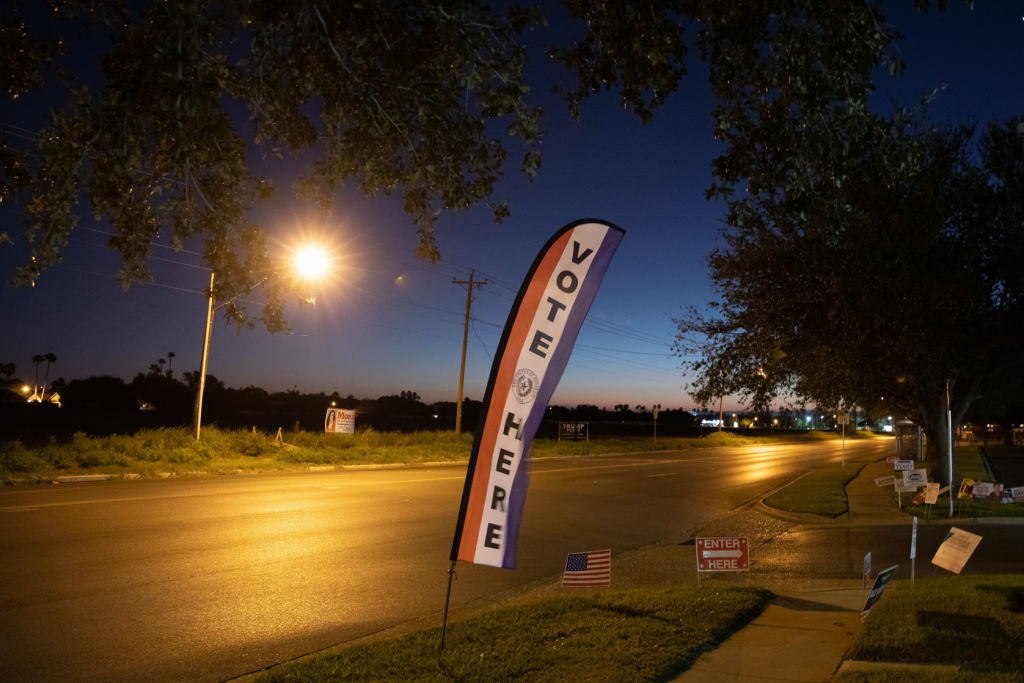
Mikki Godfrey, 49, an early-childhood education expert who lives in a diverse suburb of Detroit, went to her local clerk’s office in Farmington Hills, where she and her family live. She waited in a short line with her 25-year-old son, T.J. Voting went smoothly, but the experience was also “very emotional,” she said. This year, Godfrey, like other Black parents, spoke to her son about the risks of being pulled over by police. The election, she believes, is in part about addressing those concerns.
“I felt like we were making history,” she said of going to vote early with her son.
Yeoman reported from Graham, N.C. Tom Hamburger and Moriah Balingit in Detroit, Jane Gottlieb in Berne, N.Y., and Elise Viebeck in Washington contributed to this report.

